This is an important implementation step to concretize the objectives of the project, approved in Decision 4024/QD-BNNMT dated September 29, towards low-emission, sustainable and climate change-adaptive agriculture .
In his opening speech, Deputy Minister of Agriculture and Environment Hoang Trung emphasized that the project was issued at the right time, meeting the requirements for sustainable development of the crop sector in the context of climate change and deep integration into the international market. The project's core objective is to ensure growth in productivity and value while reducing greenhouse gas emissions, moving towards green, circular agriculture.
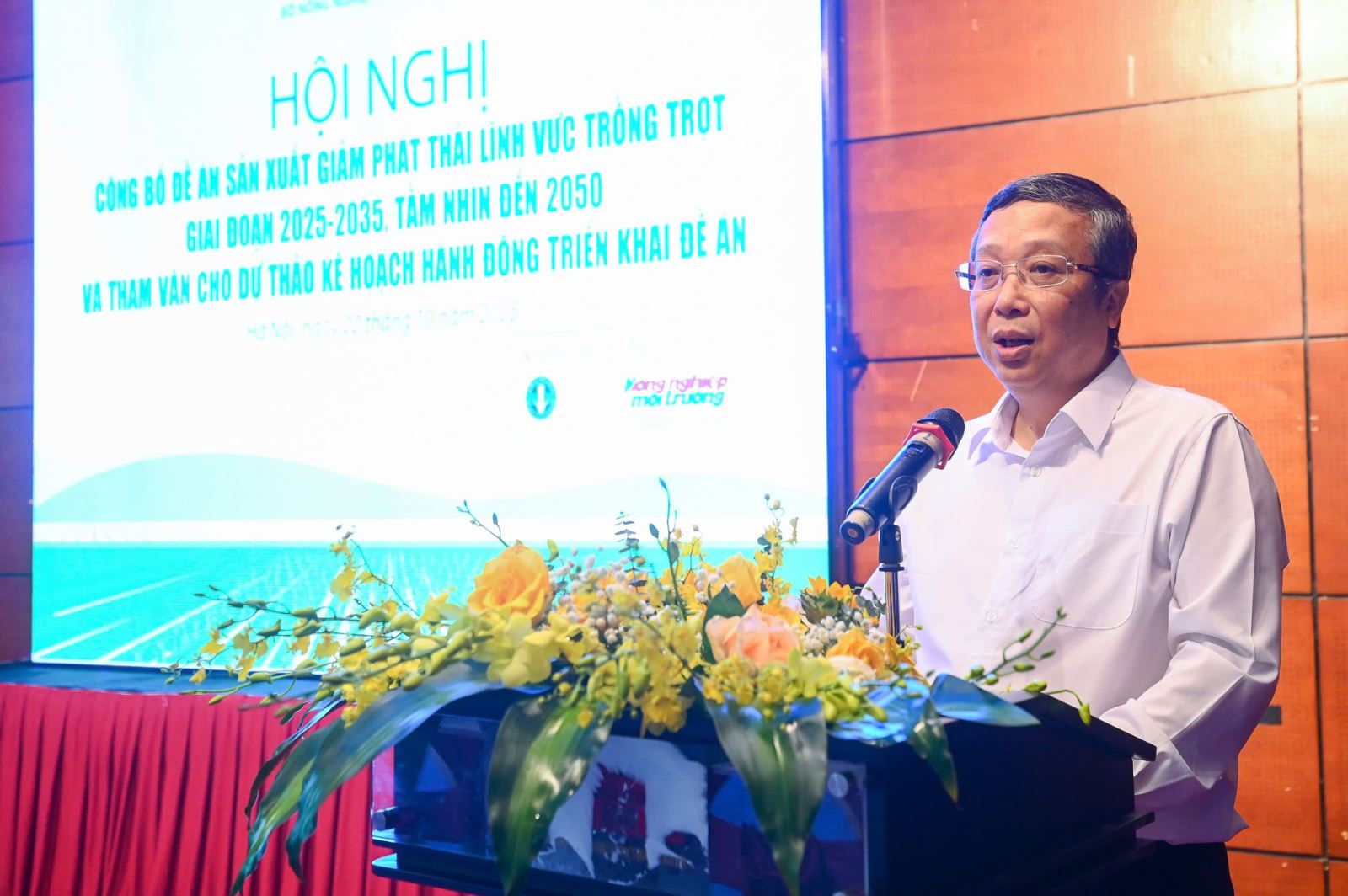
According to the Deputy Minister of Agriculture and Environment, the Project focuses on six major groups of tasks, including restructuring crops to suit ecological conditions and market demand; developing and applying technical packages to reduce emissions along the value chain; perfecting the measurement, reporting, and verification (MRV) system to serve greenhouse gas inventories; implementing good practice production models; and at the same time creating a carbon credit mechanism in agriculture to attract investment and encourage businesses and cooperatives to participate.
The draft Action Plan also lists 31 specific groups of tasks, requiring localities to carefully survey the current status of production, emissions, and socio-ecological conditions to proactively develop emission reduction plans that are suitable for practice. Synchronous implementation from the central to local levels will be the foundation for the crop industry to achieve the goal of sustainable emission reduction, moving towards carbon neutrality by mid-century.
“The Ministry of Agriculture and Environment hopes to receive many comments on the draft action plan, especially highly feasible proposals closely linked to production practices,” said Deputy Minister Hoang Trung, affirming that the results of the conference will be an important basis for completing and soon issuing the plan, putting the Project into practice.
Mr. Huynh Tan Dat - Director of the Department of Crop Production and Plant Protection, said: "The project is an important legal basis for the crop production and plant protection industry to synchronously deploy goals and tasks in the period 2025-2030, with a vision to 2050".
Regarding the objectives of the Project, by 2050, 100% of the area of key crops will apply technical farming processes towards reducing emissions. In addition, building a digital database on emissions in cultivation, integrated with the national monitoring system; building and popularizing the "Low Emission" label for key agricultural products.
“The crop cultivation industry aims to contribute to reducing greenhouse gas emissions by at least 15% by 2035 compared to the baseline year 2020,” Director Huynh Tan Dat affirmed.
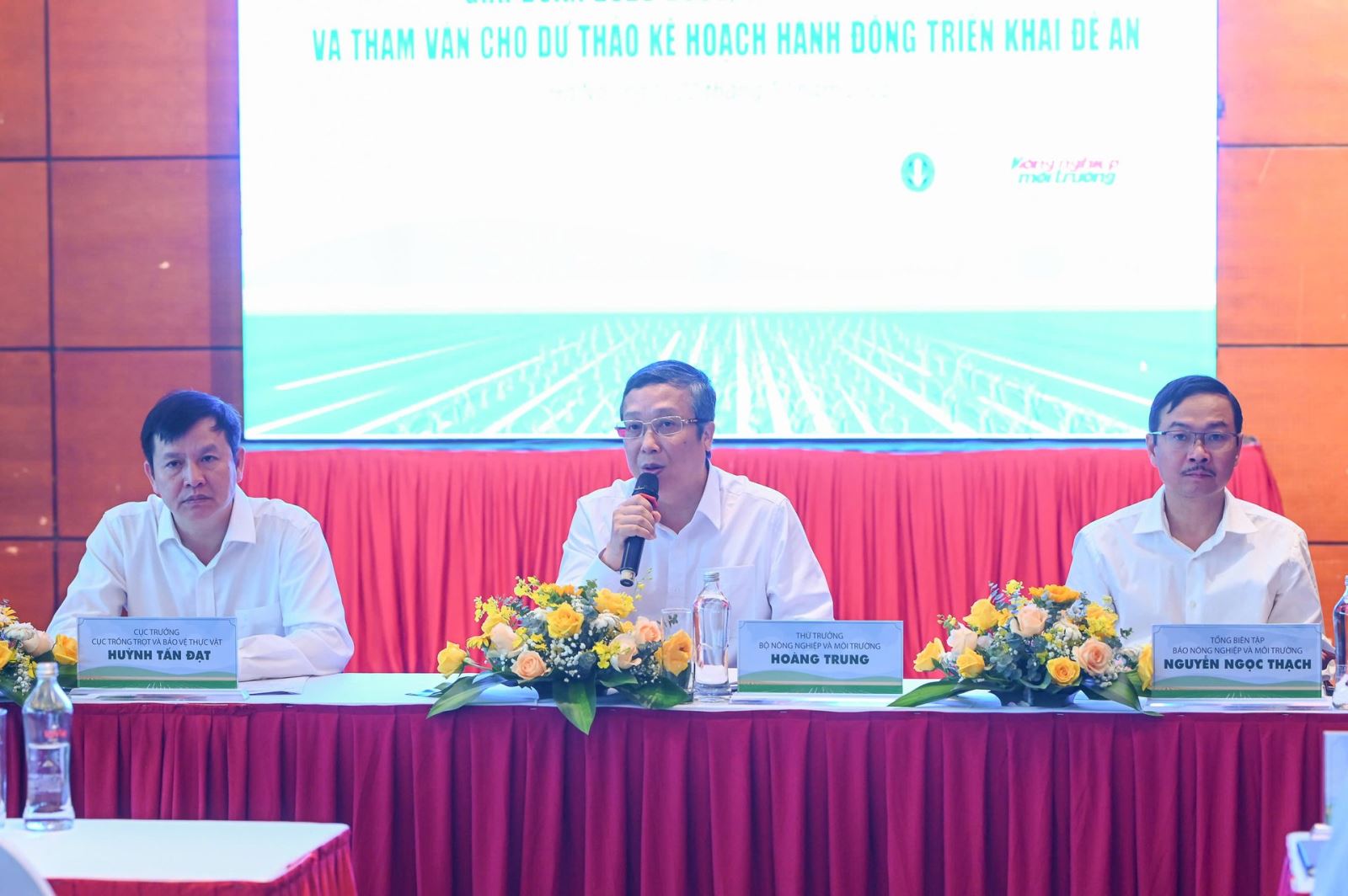
At the local level, each province and city will deploy at least 1-2 replicable emission-reducing crop production models, piloting at least 15 eligible cultivation models for carbon credit development. The emission data system will be synchronized with the National Registration System. The sector will train at least 3,000 technical staff, agricultural extension officers, farmers and businesses; develop at least 5 sets of communication materials to raise awareness and change production behavior towards low emissions.
Regarding tasks, the Project focuses on 6 main groups: converting crop structure to suit ecological zones; applying low-emission technical packages; building production models according to value chains; establishing MRV systems; improving capacity and awareness; and connecting markets for "Low-emission" products.
Accordingly, the Project will be implemented through 7 groups of solutions, including: strengthening state management capacity, science - technology , technology transfer; production organization and value chain...
The leader of the Department of Crop Production and Plant Protection emphasized that the Project helps improve the competitiveness of the crop production industry, ensure national food security, gradually form a modern, ecological agriculture that is resilient to the impacts of climate change, and contribute to the implementation of Vietnam's commitments in the NDC.
According to the representative of the Department of Crop Production and Plant Protection, the plan proposes to deploy 59 models in 34 provinces and cities, including low-emission rice farming models, rice-fish/shrimp models; rice-corn/peanut models, models of growing corn, cassava, vegetables, perennial crops (tea, coffee, pepper, cashew, orange, grapefruit, durian, longan, lychee...), along with agroforestry models, circular agriculture, waste reuse, biochar production, conversion of 2-rice land to dryland crops. Each province plans to build 1-3 models suitable to local characteristics, with high emission reduction potential and specific emission reduction measures for each type of production.
Sharing about the draft action plan to implement the goal of reducing emissions in crop cultivation, Mr. Nguyen Manh Phuong, Deputy Director of the Hanoi Department of Agriculture and Environment, said that crop cultivation with reduced emissions not only contributes to implementing the national commitment on climate but also aims towards an adaptive agriculture, enhancing the value and protecting the living environment of people.
Mr. Nguyen Manh Phuong emphasized that all action plans need to focus on farmers, because they are the ones who directly implement and understand the production situation best, as well as being directly affected by climate change. Hanoi currently has more than 160,000 hectares of rice, over 20,000 hectares of fruit trees, more than 30,000 hectares of vegetables and tens of thousands of hectares of tea and ornamental plants. Nearly half of the city's commune-level units are still engaged in agriculture, demonstrating the important role of this sector in the economic structure and rural livelihoods.
One of the notable achievements is that many rice areas in Hanoi have applied the improved SRI farming method, which helps reduce the amount of seeds, irrigation water and fertilizers but still increases productivity. In many areas, people have proactively switched to organic production, not using pesticides, contributing to building the image of greener and safer agriculture in the capital.
Associate Professor, Dr. Le Quoc Doanh, former Deputy Minister of Agriculture and Environment, Chairman of the Vietnam Horticulture Association, said that the project on reducing emissions and the project on improving soil health, issued in October 2024, are the "backbone" of the crop industry in the new period. Less than 1 month after the project on reducing emissions was issued, a draft action plan was developed, showing the great determination of the Ministry of Agriculture and Environment in implementing the orientation of developing green, sustainable and low-emission agriculture.
According to Mr. Doanh, the top priority in the action plan is to develop and issue a technical package to transfer to localities, chaired by the Department of Crop Production and Plant Protection. This is an important foundation to help provinces and cities quickly implement it in the fields.
In the immediate future, the technical package should focus on key crop groups, both to create a large impact and facilitate replication. “The technical package needs to inherit the results that have been proven in previous programs,” Mr. Doanh said.
Source: https://baotintuc.vn/kinh-te/xay-dung-59-mo-hinh-trong-trot-giam-phat-thai-tai-34-tinh-thanh-20251022130105057.htm








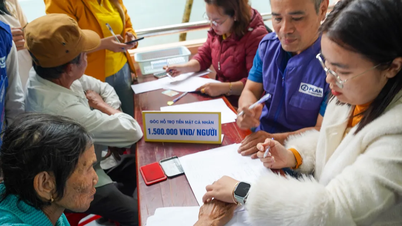

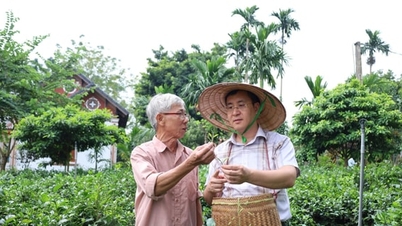

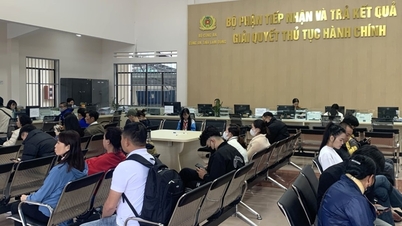



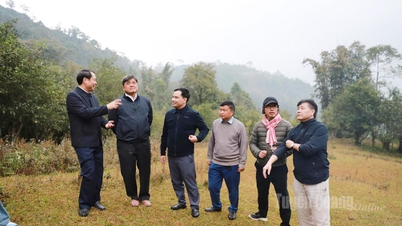

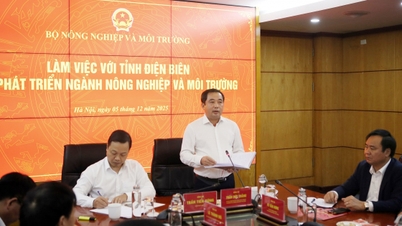
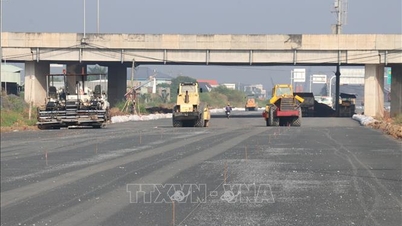
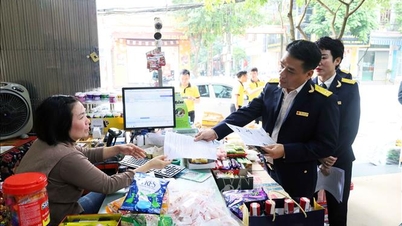
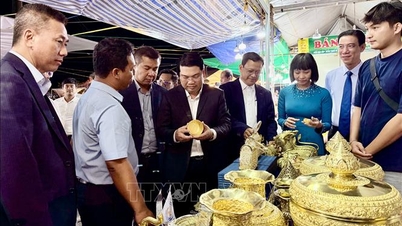
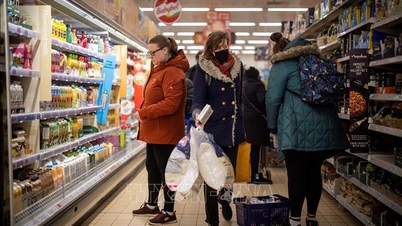
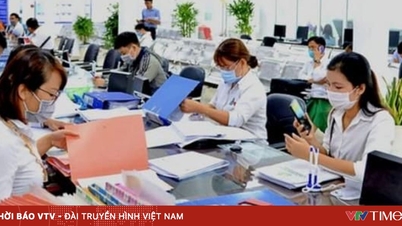

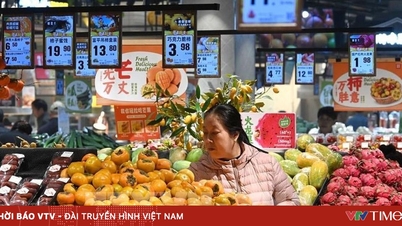




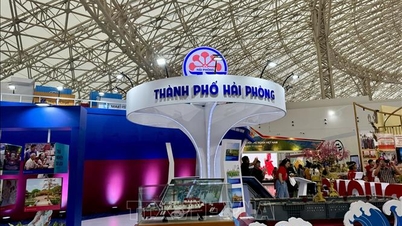
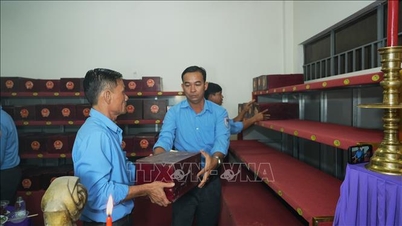
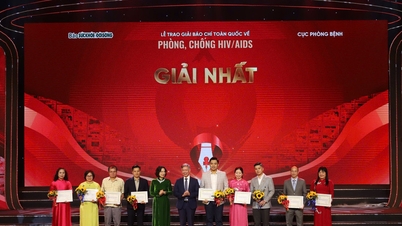
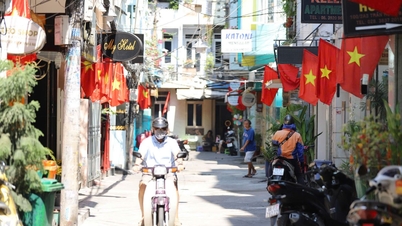
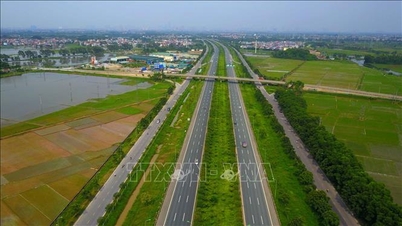
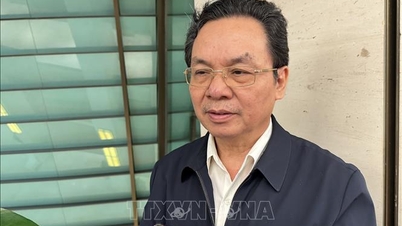





![[Video] The craft of making Dong Ho folk paintings has been inscribed by UNESCO on the List of Crafts in Need of Urgent Safeguarding.](https://vphoto.vietnam.vn/thumb/402x226/vietnam/resource/IMAGE/2025/12/10/1765350246533_tranh-dong-ho-734-jpg.webp)





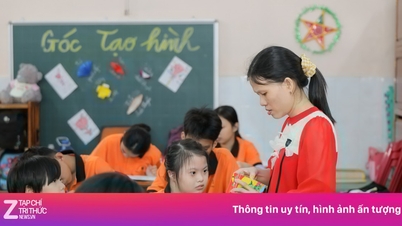






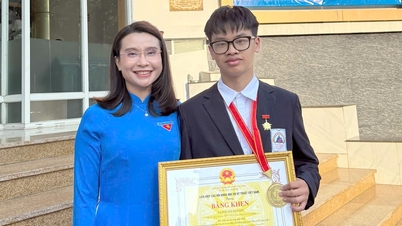

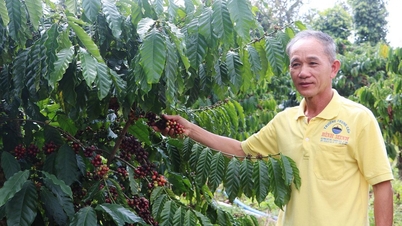


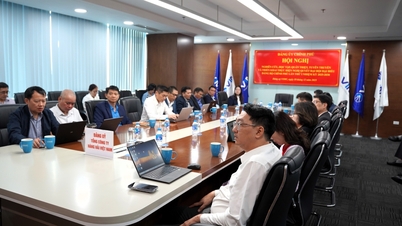



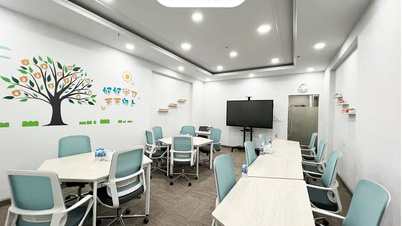














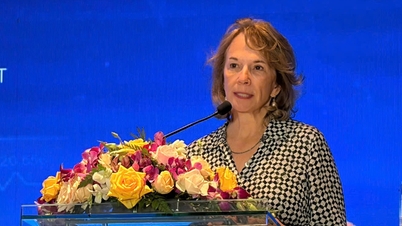


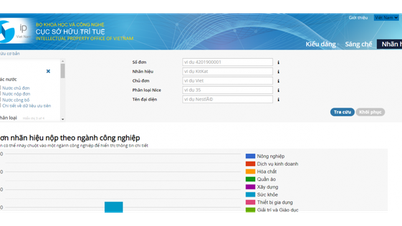
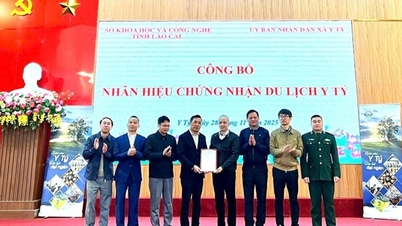
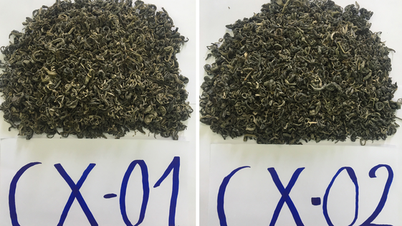

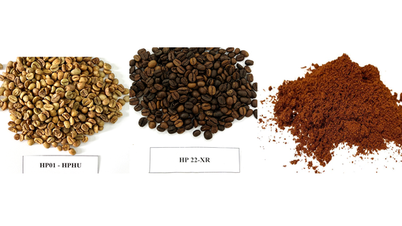
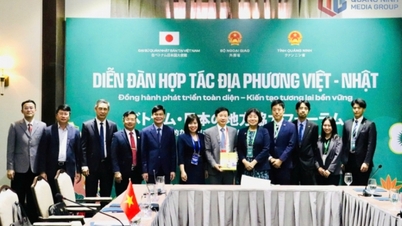

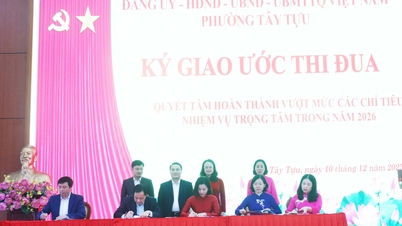
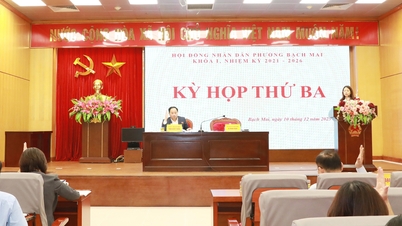
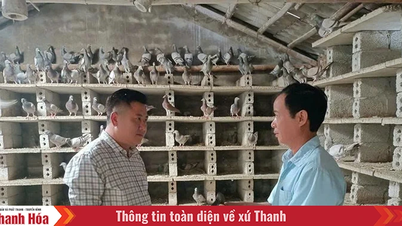

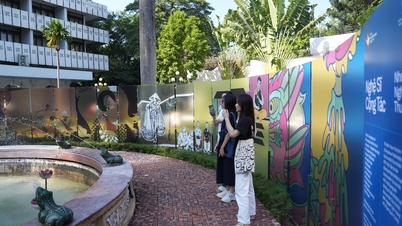

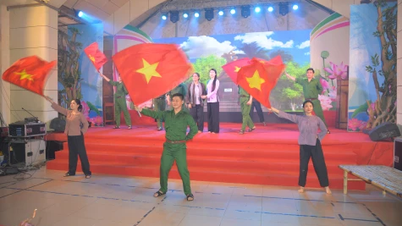


















Comment (0)